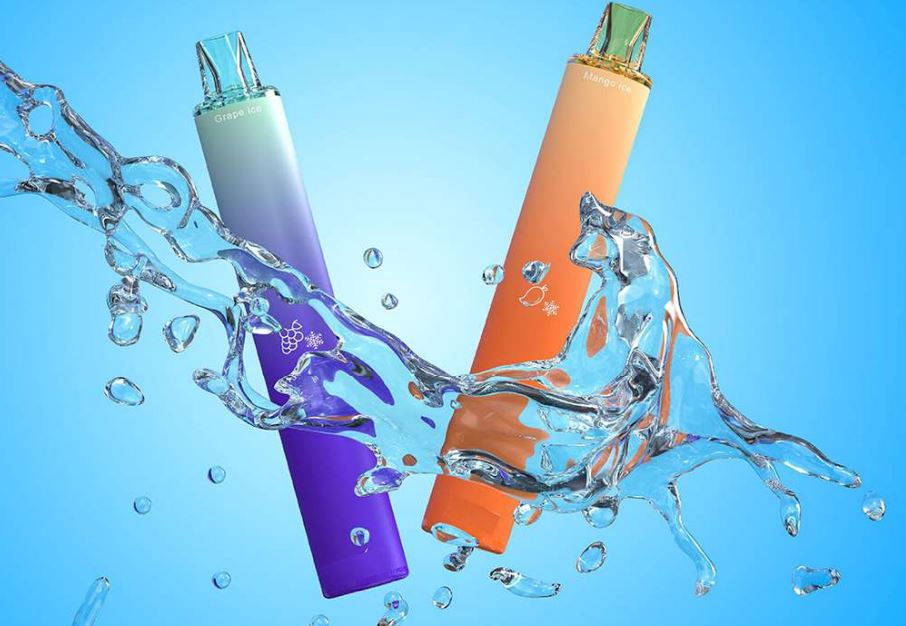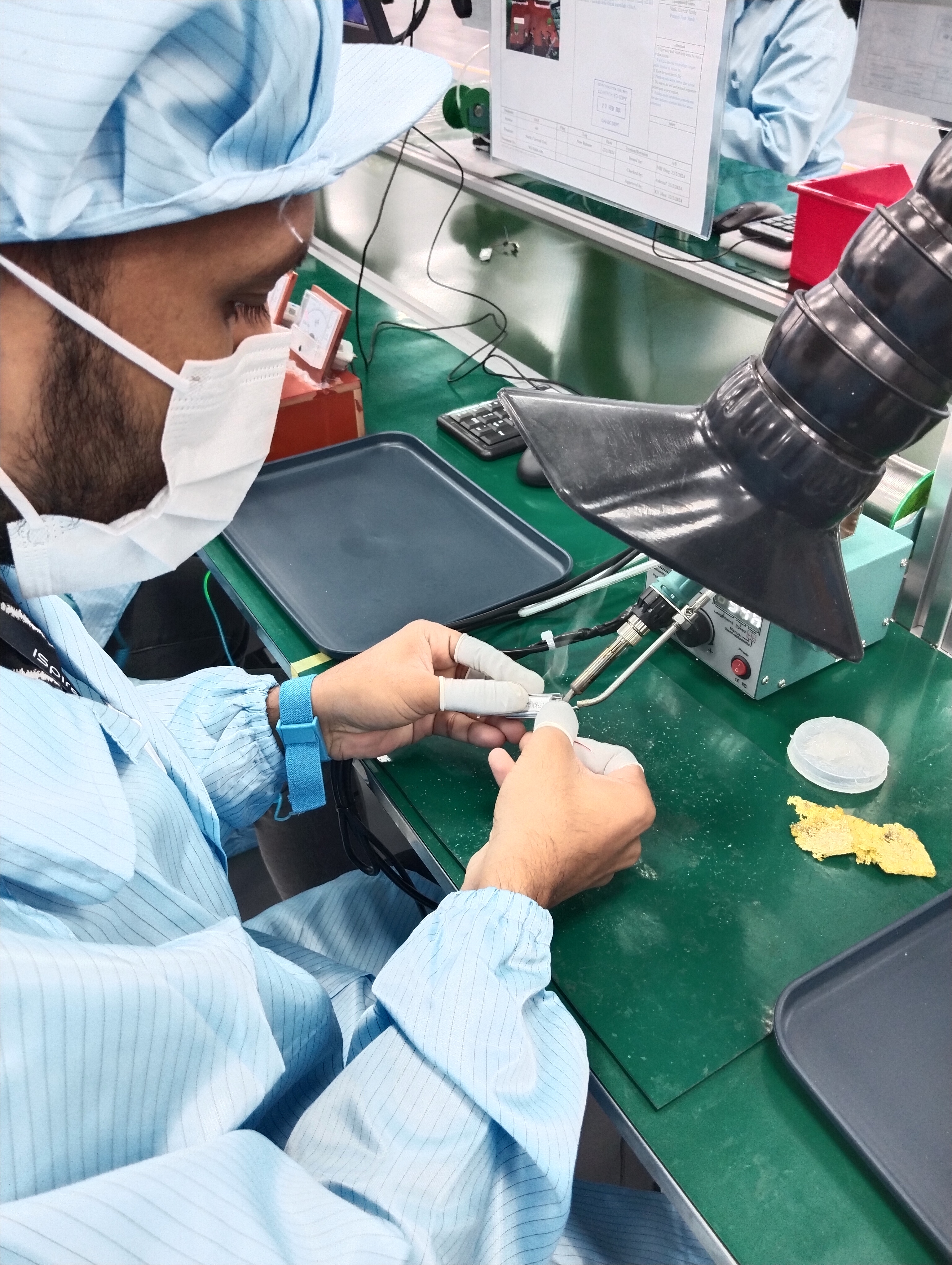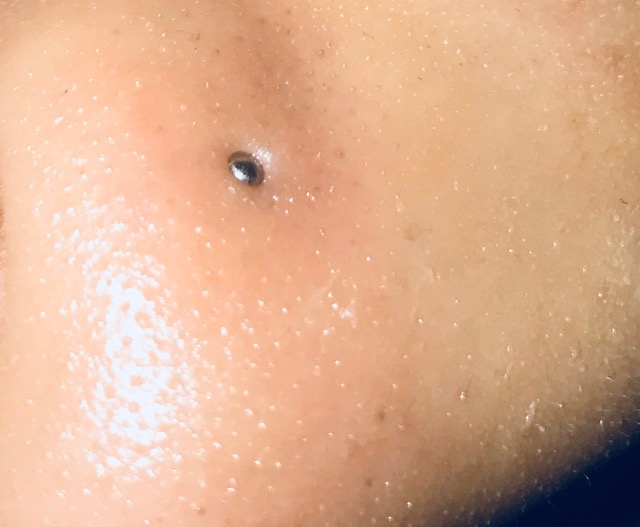Sponsor Ads
Non-China Vape, 510 Cartridges & Battery Device Maker
If you are going for a vape manufacturer out of China we are you best choice. We offer a alternative vape production location with a very competitive price. You can save money by buying directly from us the manufacturer, without any middlemen or extra fees. You can also enjoy discounts for bulk orders and special offers for long term & loyal customers.
We offer small trial orders where you can test the quality and performance of the products before placing a large order. Fast shipping and cheaper shipping cost from Malaysia and Singapore ports. You don't have to wait long to receive your products.
Contact Us!
Contribute for our website Maintenance! We want to keep it free for all visitors.
Trending Best Sellers
Hemp Plastic Injection Molding Production in Thailand
Trending Best SellersHemp plastic is a type of bioplastic that is made from the cellulose of the hemp plant. Hemp is a fast-growing and renewable crop that can be used for various purposes, such as food, fiber, fuel, and medicine. Hemp plastic is a potential alternative to conventional plastic, which is derived from fossil fuels and causes environmental problems such as pollution, greenhouse gas emissions, and waste accumulation. In this article, we will explain how hemp plastic is produced, what are its advantages and disadvantages, and what are some of the current and future applications of this eco-friendly material.
How is hemp plastic produced?
The production of hemp plastic involves extracting the cellulose from the hemp plant and converting it into a polymer that can be molded into various shapes and forms. The cellulose is the main component of the plant's cell walls and fibers, and it is a natural polymer that consists of long chains of glucose molecules. The extraction process can vary depending on the type and quality of the hemp plant, but it generally involves the following steps¹:
- Pulping: The hemp plant is chopped and ground into small pieces and then mixed with water and chemicals to separate the cellulose from the other components, such as lignin, hemicellulose, and pectin. The resulting pulp is washed and dried to obtain pure cellulose fibers.
- Acid hydrolysis: The cellulose fibers are soaked in a strong acid, such as sulfuric acid or trifluoroacetic acid, to break down the crystalline structure of the cellulose and make it more soluble and reactive. The acid also removes any remaining impurities and converts some of the glucose units into hydroxymethylfurfural (HMF), a chemical that can be used to make furan-based polymers.
- Polymerization: The cellulose solution is then mixed with a catalyst, such as zinc chloride or sodium hydroxide, and heated to initiate a chemical reaction that links the glucose units into long chains of polyhydroxyalkanoates (PHA). PHA is a type of biodegradable polyester that can be processed into various forms of plastic, such as films, fibers, and injection-molded products.
Alternatively, hemp plastic can also be produced from the oil of the hemp seeds, which contains a high percentage of linoleic acid, a fatty acid that can be used to make poly-lactic acid (PLA), another type of biodegradable polyester. The oil extraction process involves pressing the seeds and then refining and purifying the oil. The oil is then subjected to a fermentation process that converts the linoleic acid into lactic acid, which is then polymerized into PLA using a catalyst and a solvent².
What are the advantages and disadvantages of hemp plastic?
Hemp plastic has several advantages over conventional plastic, such as:
- Environmental benefits: Hemp plastic is biodegradable, which means it can decompose naturally in the soil or in composting facilities, without leaving behind any toxic residues or microplastics. Hemp plastic also has a lower carbon footprint than conventional plastic, as it is made from a renewable and carbon-neutral source that absorbs CO2 from the atmosphere during its growth. Hemp plastic also requires less energy and water to produce than conventional plastic, and it does not rely on fossil fuels, which are finite and contribute to global warming.
- Economic benefits: Hemp plastic is cost-effective, as it is made from a cheap and abundant raw material that can be grown in many regions and climates. Hemp plastic also creates new opportunities for farmers and industries that can benefit from the cultivation and processing of hemp. Hemp plastic also has the potential to reduce the dependence on imported oil and plastic products, and to create a more circular and sustainable economy.
- Functional benefits: Hemp plastic has various properties that make it suitable for different applications and purposes. Hemp plastic is strong, durable, lightweight, and resistant to heat, UV rays, and moisture. Hemp plastic can also be blended with other materials, such as wood, glass, or metal, to enhance its performance and appearance. Hemp plastic can also be colored, textured, and shaped into various forms and designs, according to the needs and preferences of the consumers.
However, hemp plastic also has some disadvantages and challenges, such as:
- Legal barriers: Hemp plastic is still subject to legal restrictions and regulations in some countries and regions, where the cultivation and use of hemp is prohibited or limited due to its association with marijuana, which is derived from the same plant species but contains higher levels of THC, the psychoactive compound that causes intoxication. Hemp plastic also faces competition and opposition from the established and powerful plastic and oil industries, which may lobby against the legalization and promotion of hemp products.
- Technical barriers: Hemp plastic is still under development and research, and it may not be able to match the quality and performance of conventional plastic in some aspects, such as transparency, flexibility, and compatibility with existing machinery and infrastructure. Hemp plastic also may have some drawbacks, such as a shorter shelf life, a higher moisture absorption, and a lower resistance to acids and bases. Hemp plastic also may face some challenges in terms of standardization, certification, and labeling, as there is no clear and universal definition or regulation of what constitutes hemp plastic and how it should be tested and verified.
- Social barriers: Hemp plastic may encounter some resistance and skepticism from the consumers and the public, who may not be aware of the benefits and potential of hemp plastic, or who may have some misconceptions and prejudices about hemp and its products. Hemp plastic may also face some difficulties in gaining acceptance and trust from the consumers, who may prefer the convenience and familiarity of conventional plastic, or who may have some concerns about the safety and quality of hemp plastic.
What are some of the current and future applications of hemp plastic?
Hemp plastic is already being used for various purposes and products, such as:
- Packaging: Hemp plastic can be used to make biodegradable and compostable packaging materials, such as bottles, containers, bags, trays, and films, that can reduce the amount of plastic waste and pollution. Hemp plastic can also be used to make protective and cushioning materials, such as foam, pellets, and bubble wrap, that can prevent damage and breakage during transportation and storage.
- Automobiles: Hemp plastic can be used to make various parts and components for cars, trucks, buses, and other vehicles, such as dashboards, door panels, bumpers, and fenders, that can reduce the weight and fuel consumption of the vehicles. Hemp plastic can also be used to make interior and exterior accessories, such as mats, seat covers, and spoilers, that can improve the comfort and aesthetics of the vehicles.
- Construction: Hemp plastic can be used to make various materials and products for building and renovation, such as bricks, blocks, panels, tiles, and insulation, that can enhance the strength, durability, and energy efficiency of the structures. Hemp plastic can also be used to make furniture and fixtures, such as chairs, tables, cabinets, and lamps, that can add style and functionality to the spaces.
- Electronics: Hemp plastic can be used to make various devices and gadgets, such as phones, laptops, tablets, and cameras, that can reduce the environmental impact and electronic waste of the products. Hemp plastic can also be used to make cases, covers, and accessories, such as keyboards, mice, and speakers, that can protect and personalize the devices.
- Fashion: Hemp plastic can be used to make various items and accessories, such as shoes, bags, belts, and sunglasses, that can offer a unique and eco-friendly alternative to leather, plastic, and metal. Hemp plastic can also be used to make jewelry, buttons, and zippers, that can add flair and charm to the outfits.
Hemp plastic is also expected to have more and new applications and innovations in the future, as the technology and research advance and the demand and awareness increase. Hemp plastic may be used for medical and biotechnology purposes, such as implants, prosthetics, and drug delivery systems, that can improve the health and well-being of the patients. Hemp plastic may also be used for artistic and creative purposes, such as sculptures, paintings, and toys, that can express the vision and imagination of the artists. Hemp plastic may also be used for educational and recreational purposes, such as books, games, and puzzles, that can stimulate the learning and fun of the users. Hemp plastic may also be used for social and humanitarian purposes, such as water filters, solar panels, and emergency shelters, that can provide solutions and relief for the people in need.
Hemp plastic is a type of bioplastic that is made from the cellulose of the hemp plant, a renewable and versatile crop that can offer various environmental, economic, and functional benefits. Hemp plastic is biodegradable, carbon-neutral, cost-effective, strong, durable, and adaptable. However, hemp plastic also faces some legal, technical, and social barriers and challenges that need to be overcome and addressed. Hemp plastic is already being used for various purposes and products, such as packaging, automobiles, construction, electronics, and fashion, and it has the potential to have more and new applications and innovations in the future, as the technology and research advance and the demand and awareness increase. Hemp plastic is a promising and sustainable material that can contribute to a greener and better world.
Source: 23/09/2023
(1) How Hemp Plastic Is Manufactured [Fully Explained] - WayofLeaf. https://wayofleaf.com/cannabis-and-cbd/how-is-hemp-plastic-manufactured.
(2) Hemp Plastic: What Is It and How is it Made? - Sensi Seeds. https://sensiseeds.com/en/blog/hemp-plastic-what-is-it-and-how-is-it-made/.
(3) How Hemp Plastic is Made [Beginner’s Guide] - PlantSwitch. https://bing.com/search?q=hemp+plastic+production.
(4) How Hemp Plastic is Made [Beginner’s Guide] - PlantSwitch. https://www.plantswitch.com/how-is-hemp-plastic-manufactured/.
(5) Hemp Plastic – What is it And How is it Made? - International Highlife. https://internationalhighlife.com/hemp-plastic/.
(6) Is Hemp a Plastic Pollution Solution? | HEMP Magazine. https://thehempmag.com/2022/03/hemp-plastic-pollution-solution/.
Comments
What you think?
Recent Articles
-
Riche Niche: Health | Lifestyle | Fashion | Marketing | Technology
Mar 14, 25 09:18 AM
Our Riche Niche blog is the easiest way to stay up-to-date with the latest news, trends and articles published on this site. -
The Therapeutic Potential of Medical Cannabis Vaporization
Aug 05, 24 09:32 PM
The use of medical cannabis has been a subject of much debate and research over the years. With the growing acceptance of cannabis for medical purposes, various methods of administration have been exp… -
Amazon Spring Sale: A Season of Spectacular Savings
Mar 18, 24 08:38 AM
Amazon Spring Sale: A Season of Spectacular Savings -
Understanding Nose Piercing Types: A Guide for Teens
Mar 16, 24 09:19 AM
Explore the rising trend of nose piercings among teenagers, understanding the various types and their cultural implications for a stylish appeal. -
Infected Nose Piercing
Mar 16, 24 09:18 AM
You can expect symptoms of infected nose piercing to resemble any other kind of body piercing infection. -
EMS manufacturing services in Malaysia
Mar 09, 24 10:33 PM
Malaysia is one of the leading countries in Southeast Asia that offers EMS manufacturing services to both local and international clients. -
Laundry Business: The Need for Payment System Upgrades
Mar 08, 24 11:14 AM
Discover the benefits of upgrading your laundry business's payment system. Enhance efficiency, increase profits, and improve customer convenience. -
Nose Peircing Store
Feb 18, 24 02:38 AM
A collection of latest at our nose peircing store. -
How to Choose the Right Coffee Maker for Your Needs
Feb 18, 24 02:12 AM
We'll compare the pros and cons of four common types of coffee makers: drip, French press, espresso, and vacuum. We'll also give you some tips on how to choose the right one based on your preferences… -
Emulate Celebrities with Nose Piercings
Feb 06, 24 08:13 AM
Discover the celebrities with nose piercing and get inspired for your next piercing! From studs to septum rings, our list has it all. Read more! -
Types of Nose Rings
Feb 06, 24 08:11 AM
Types of Nose Rings -
Is my nose piercing ring is sinking in?
Feb 06, 24 08:10 AM
Is my nose piercing ring is sinking in? Or just swollen? -
Dry Herb Vape Pens-Discover the Advantages of Malaysian Made
Feb 04, 24 12:39 PM
Choose our non-China dry herb vape pen for its high production standards, strict quality control, and excellent craftsmanship. -
Trinity Nose Ring A Unique Fashion Statement
Feb 03, 24 08:36 PM
Explore the world of trinity nose rings, a unique piece of jewelry that adds elegance and style to your look. Understand the different types and choose the right one for you. -
Redefining Beauty: The Rise of Nose Piercing Trend in the USA
Feb 02, 24 08:34 AM
Explore the evolution of the nose piercing trend in the USA, from ancient tradition to modern expression of individuality.













